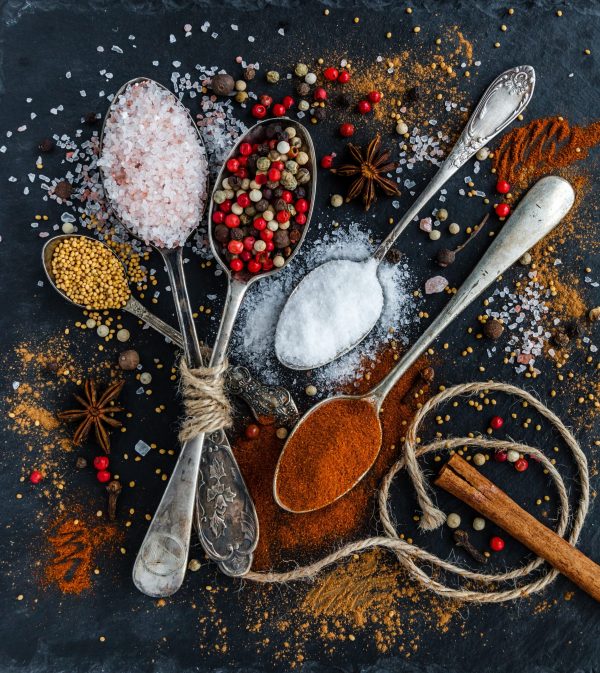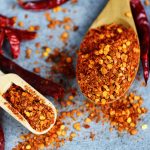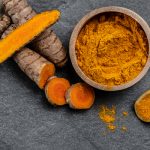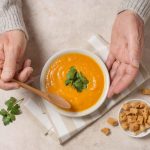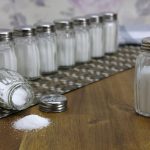Salt intake is quite a dilemma these days. On one hand, your body needs sodium to transmit nerve impulses, help your muscle’s function and maintain fluid balance.
But when you get too much of it, it accumulates in the bloodstream where it attracts water. When this happens it increases blood pressure, which can damage your blood vessels and increase the workload on your heart.
And the truth is, most folks are getting a lot more sodium than they need these days – sometimes without even realizing it.
That’s because sodium isn’t just found in obviously salty foods like ham, chips, French fries and other processed foods. There are also high quantities of sodium in relatively healthy-sounding foods such as veggie burgers, whole wheat breads, vegetable juices, soups and many salads.
The problem is, when you eat these foods, they have a “yum quotient.” In addition to salt, they’re loaded with added fat and sugar to make them taste better. This actually predisposes you to crave more salty foods – almost like an addiction.
So it makes it very hard to resist salt cravings, regardless of whether they come in the form of a desire for well-known salty foods like potato chips or a ham sandwich… or cravings for lesser-known salty foods such as a chicken ranch salad or tomato soup.
However, I’ve got a simple trick to help re-program your brain to help make removing excess salt from your diet much easier to manage.
Spicy Way to Remove Excess Salt from Your Diet
It turns out that the regions of the brain stimulated by salty foods overlap the same areas that are stimulated by spice. In other words, spicy foods increase brain activity in the same regions of the brain that are activated by salt.
This is very exciting news when it comes to curbing salt cravings. It basically means that, over time, eating more spicy foods may make you more sensitive to salt so that you eat (and crave) less of it. Not only that, but since we all lose taste buds as we get older (in both number and size) adding spices enhances the flavor of our foods.
For example, people who add a little spicy heat to their foods on a regular basis consume about 2.5 grams less salt in a day than those who don’t enjoy spicy foods. Since 2.5 grams of salt contains 1,000 mg of sodium, that is a very large reduction in sodium intake.
Plus, they have better blood pressure readings. When you replace salty foods with those that are spicy, it can reduce blood pressure by about eight points on the top number (systolic) and five points on the lower number (diastolic).
Now, the average American eats over 3,400 mg of sodium daily. However, guidelines recommend 2,300 mg or less daily for healthy individuals, and 1,500 mg or less for those with diabetes or high blood pressure. (As a physician who has seen the health ravages that occur with excess sodium intake, I personally recommend 1,500 mg or less for everyone.)
This makes adding more spice to your diet an amazingly easy way to slash up to 1,000 mg off your daily sodium intake so that you can stay well within these guidelines and protect your circulatory health.
Chili Peppers, Hot Sauce and Red Pepper Flakes Help Curb Salt Cravings
Instead of reaching for the salt-shaker, reach for hot sauce, fresh chili peppers or red pepper flakes.
Why? Well it turns out that capsaicin, the main ingredient that makes chili peppers hot, enhances the salty flavor in foods. This means that when you add it to your foods you can use less salt and still get the flavor you want.
But you don’t need to go overboard with it. A little bit goes a long way.
Add a dash of pepper flakes or hot sauce to your eggs in the morning. Use red pepper flakes or ground red pepper to ramp up your meat marinades. Splash a few drops of low-sodium hot sauce into your soups, stews, veggies and stir fries.
The idea isn’t to make your food so hot and spicy that you can’t eat it. You just want to add enough heat to enhance the salty flavor – without using salt to do it.
On those occasions when you do use salt, stay with a sea salt or Himalayan salt. (Unlike processed iodized salt, they retain important trace minerals like magnesium, potassium and calcium that help offset the negative health effects of too much sodium.)
Also, keep in mind that most of the salt in your diet comes from processed, packaged and restaurant foods. This makes cutting salt intake a lot easier when you cook your own meals at home with fresh foods.
As always, remember to check sodium content on nutrition panels before purchasing any food item. It doesn’t matter if it’s soup, bread, cottage cheese, salad dressing or any other food that sounds harmless. Many foods that don’t taste the least bit salty can have a pretty hefty sodium content.
And when analyzing those nutrition panels, don’t forget to check the serving size against the amount of sodium per serving. Often times something that looks like a single serving could contain three or four servings. So you have to multiply sodium content by that amount if you plan to eat it all.
SOURCES:
Li Q, Cui Y, Jin R, Lang H, Yu H, Sun F, He C, Ma T, Li Y, Zhou X, Liu D, Jia H, Chen X, Zhu Z. Enjoyment of Spicy Flavor Enhances Central Salty-Taste Perception and Reduces Salt Intake and Blood Pressure. Hypertension. 2017 Dec;70(6):1291-1299.
